With Oriel Systems’ past clients ranging from Roche, Unilever and Virgin to Nestle, Federal Mogul and Nordson, it’s clear that the firm – with its south west of England manufacturing, research and development facility as well as two sites in Manchester and north of London – has certain attributes in its supply of wireless telemetry systems that consistently draw the biggest names.
It is likely to have much to do with the company’s ability to design and install seemingly any type and structure of telemetry system, for any and every need, in any part of the world – as well as in the most prominent sectors. A client in the water industry may be looking to invest in an outstation with support for different pumping profiles on the basis of their energy tariffs, or they may be in the chemical industry and seeking the best means of transmitting tank level information back to one central location.
Oriel Systems also receives enquiries from oil and gas industry clients looking to cut down on the manpower required for a tank loading/unloading operation. Meanwhile, in the printing industry, the company’s wireless telemetry systems incorporate such features as the ability to over-ride a system and contact the supplier if ink levels fall below a pre-defined limit.
All of these functionalities are mere single aspects of telemetry systems as renowned for their reliability, flexibility and power as they are for their cost-effectiveness. The Oriel Systems technical team is confident and capable in the handling of the largest and smallest projects, implementing the right hardware, installing the appropriate software and designing control routines, prior to the testing necessary to ensure the utmost levels of system performance for a long time to come.
The company is also marked out by the services that it continues to offer long after installation, in the form of support and maintenance for the optimal running of a client’s system. Maintenance costs can be minimised with the use of Oriel Systems’ own remote diagnostic facilities. These are just some of the features making Oriel Systems such a highly regarded industrial services provider more than 25 years after its establishment, its wireless telemetry systems continuing to be seen across the industry as truly second to none.

 01249 705070
01249 705070
